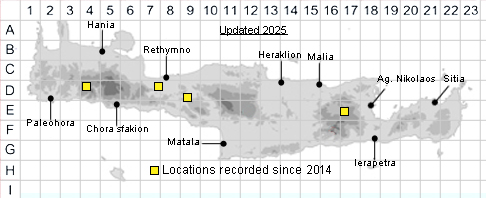SAPONARIA OFFICINALIS
Family and Genus:- See- CARYOPHYLLACEAE
Common Names:- None
Homotypic Synonyms:- None
Meaning:- Saponaria (L) Soap-like.
Officinalis (L) Of the apothecaries, officinal medicines, sold in shops,
officinal.
Plant:- Rhizomatous perennial.
Stems:-
1) 30-90 cm, erect, usually glabrous, simple or branched above.
Leaves:-
1) Cauline, ovate-elliptical, up to 4 cm wide, distinctly 3-veined, glabrous or
eglandular-pubescent.
Flower:-
1) Inflorescence, condensed, with opposite branches bearing few-flowered dichasia.
2) Flowers, large, shortly pedicellate, usually pale pink.
3) Calyx, c. 20 mm, glabrous or rarely hairy, green or reddish; teeth triangular,
acute.
4) Petal-limb, 10-15 mm, obovate, subentire, white or pale tawny pinkish.
Fruit:-
1) Capsule, shorter than the calyx. cylindrical to ovoid, dehiscing with 4, rarely 6,
teeth.
2) Seeds, c. 2 mm, reniform, with the lateral hilum, more or less compressed.
weakly tuberculate.
Key features:-
1) Plant, not caespitose; glabrous, or hairy only in the inflorescence.
2) Leaves, 3-veined.
3) Inflorescence, branches mostly opposite.
4) Petal-limb, 10-15 mm, obovate, subentire, white or pale tawny pinkish.
Habitat:- In cool places at low or moderate elevations under hedgerows and along
the shoulders of roadways.
Distribution:- Native range extends throughout Europe, and in Asia to western
Siberia. Widespread across the Mediterranean. Previously unrecorded from Crete,
Found by Fotis Samaritakis on the Omalos Plateau west Crete in. 2014
with several other location found by Christopher Cheiladakis.
Flowering time:- May-Sept.
Photos by:- Fotis Samaritakis & Uta Vrasna
SPECIES DESCRIPTION
